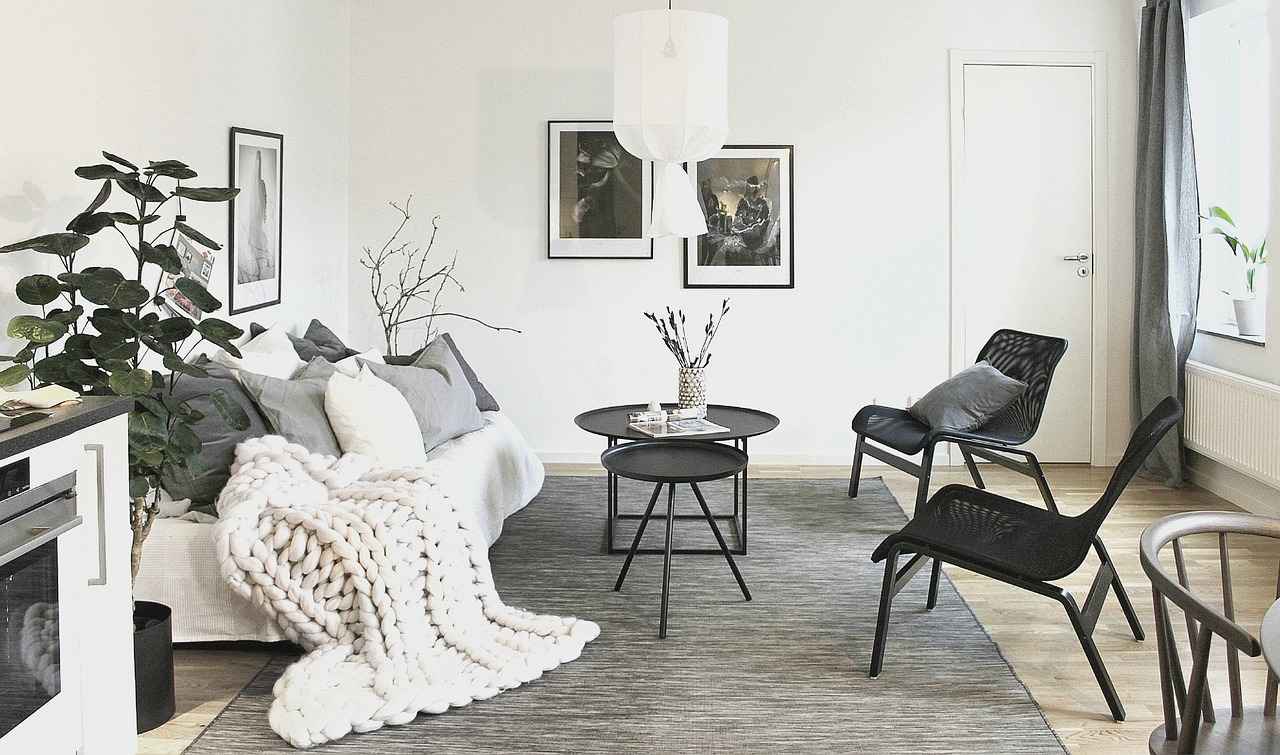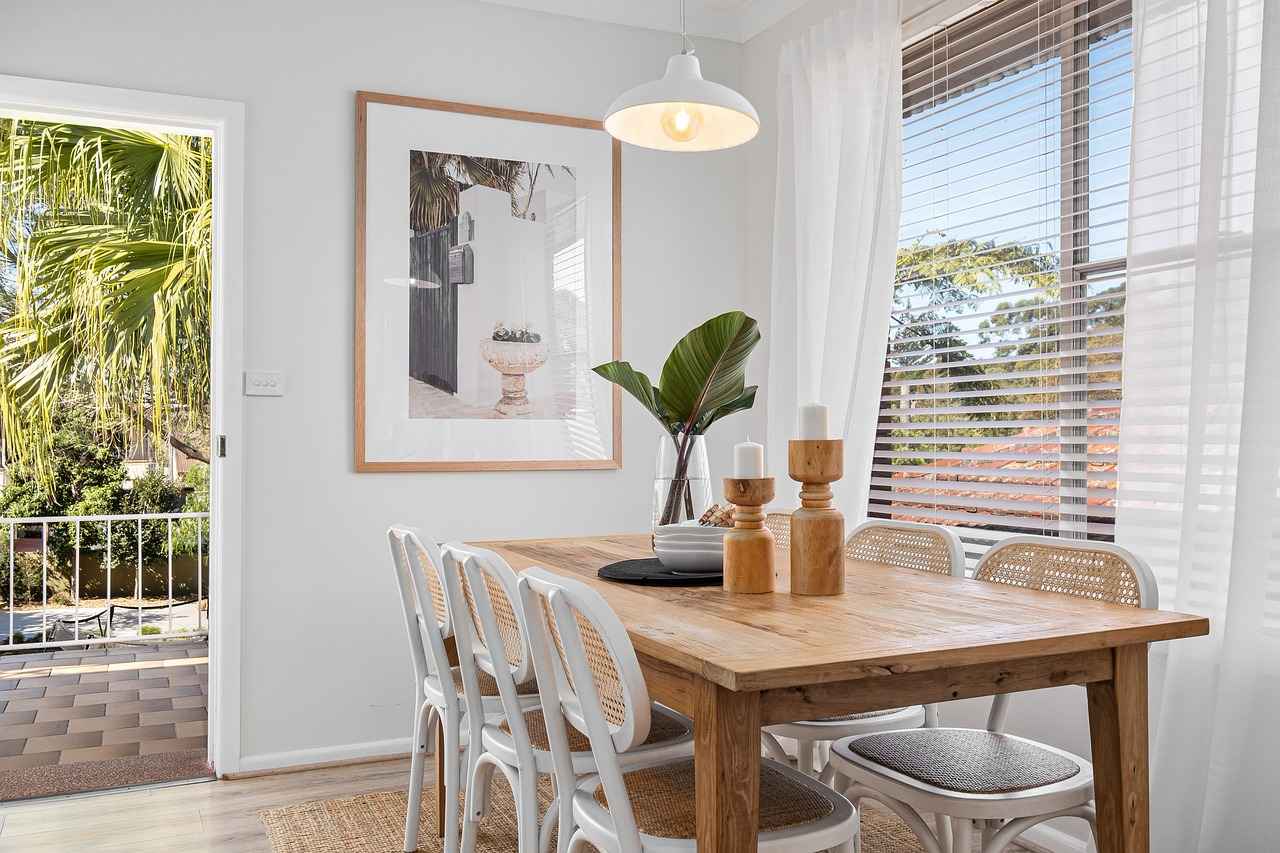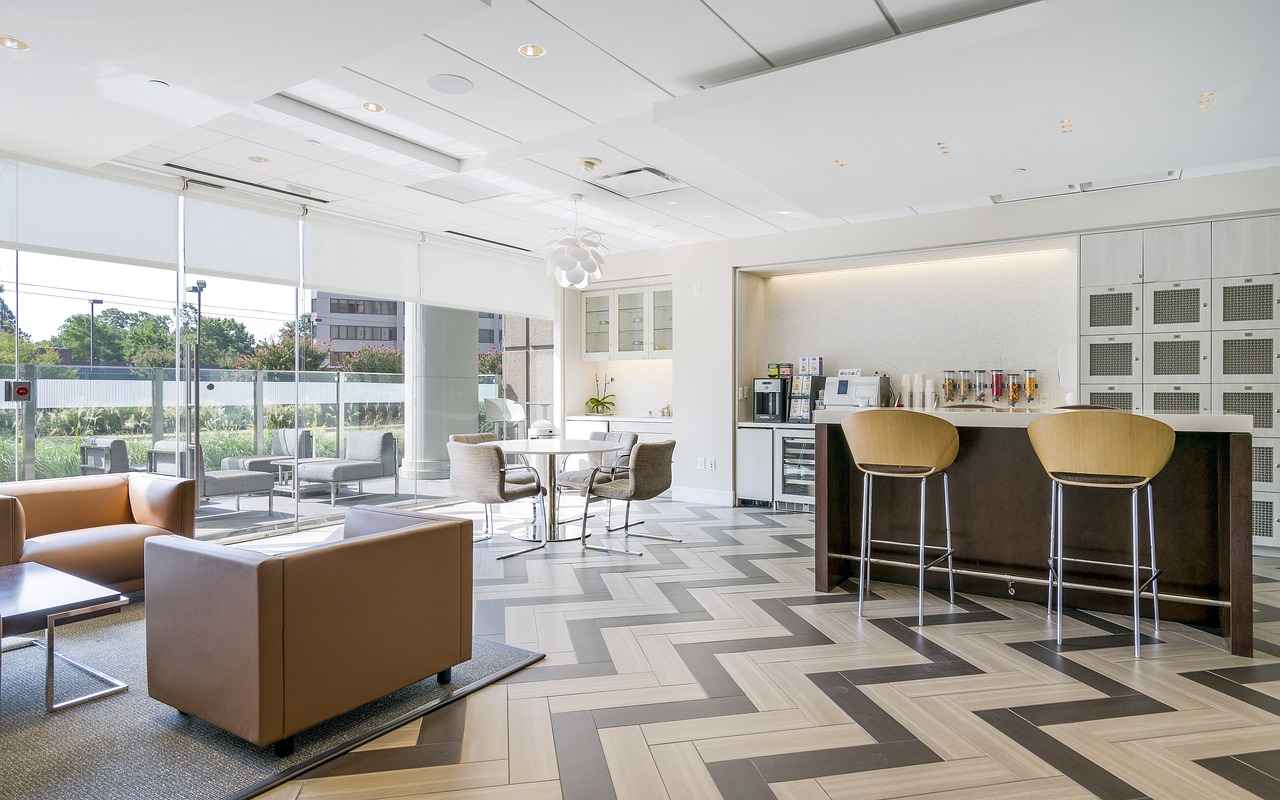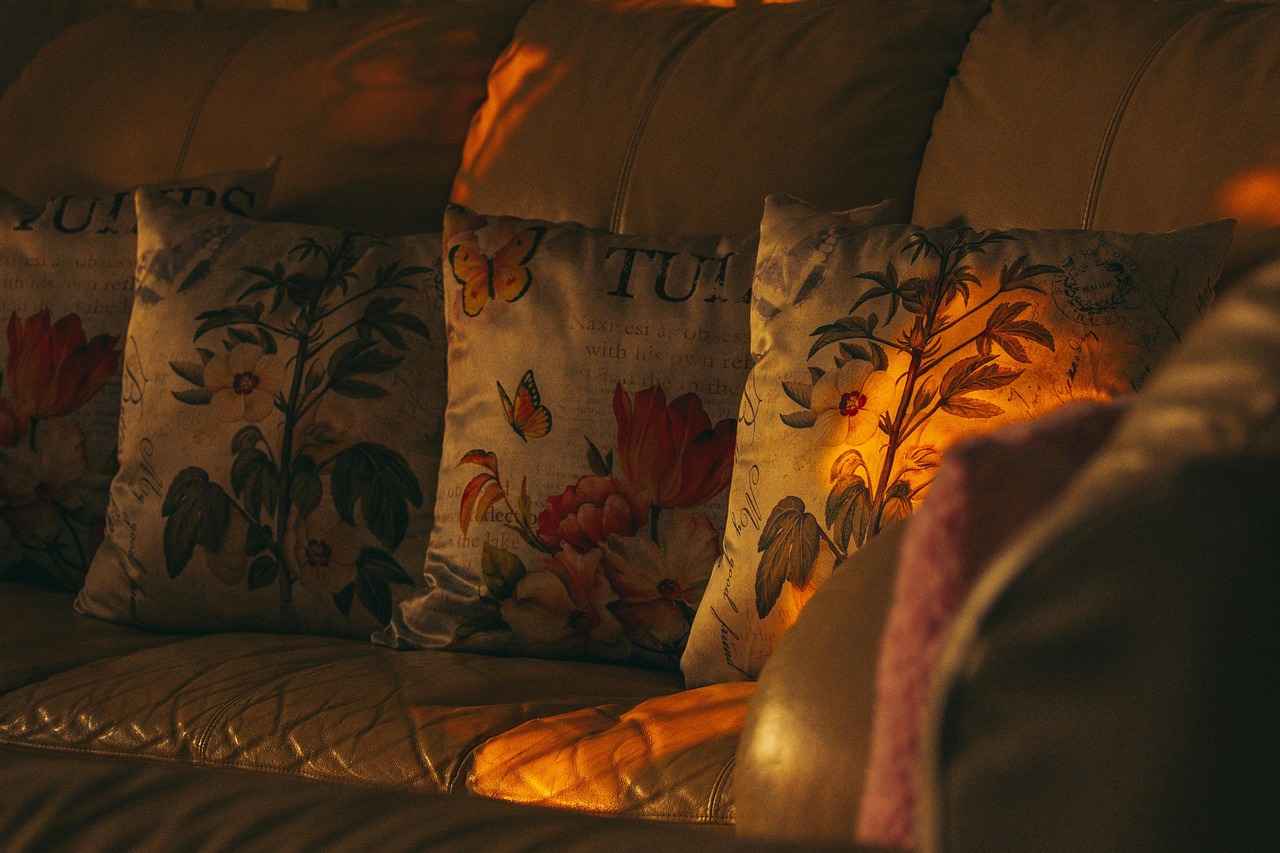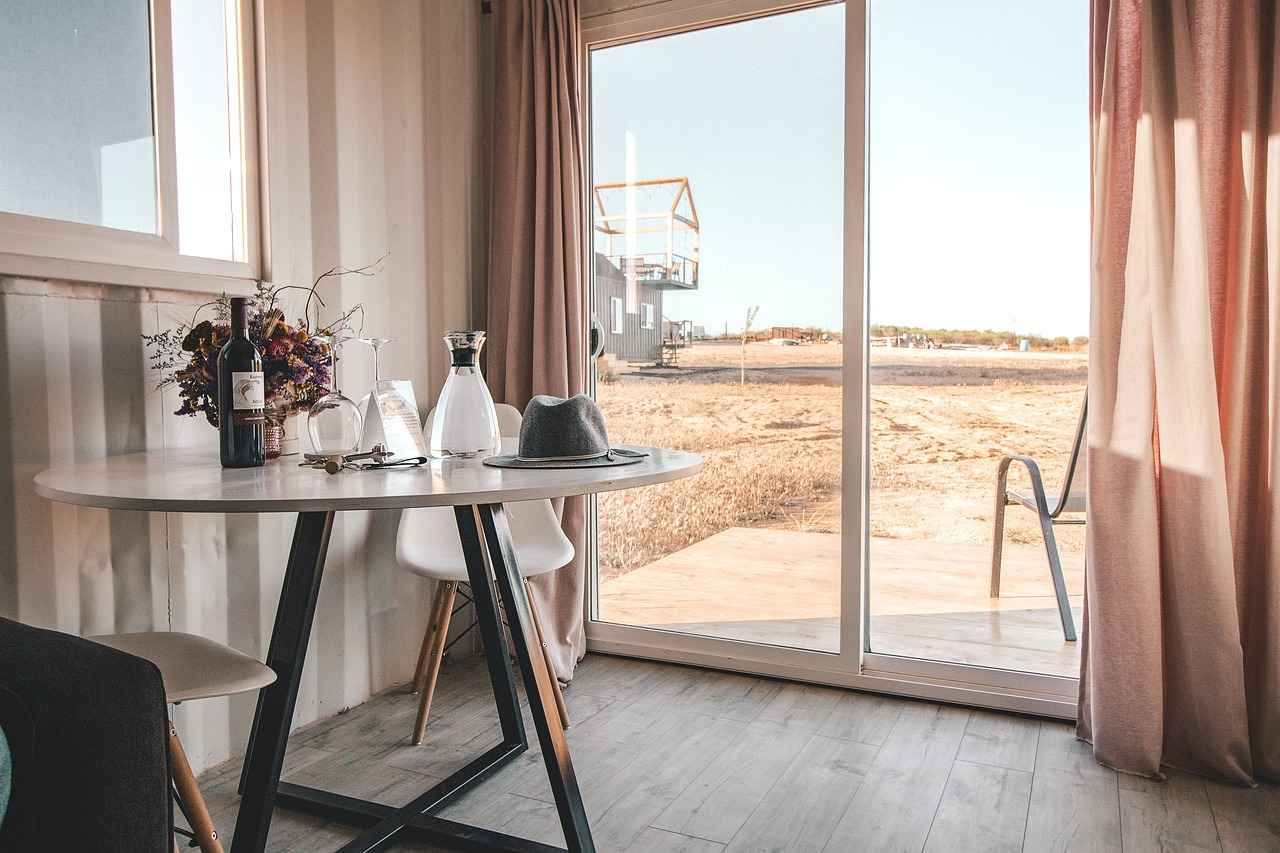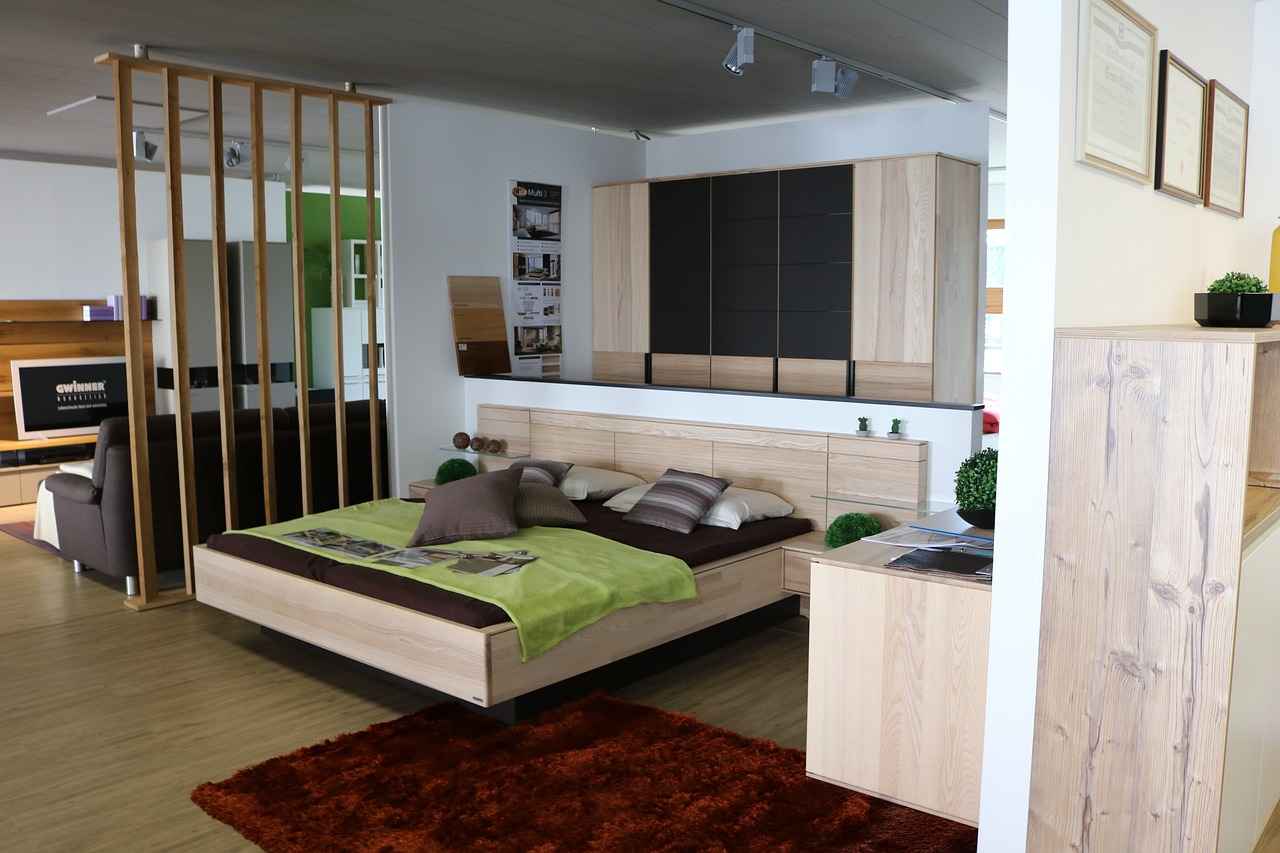Sliding room dividers are an innovative solution for maximizing your living space while offering flexibility and style. These versatile partitions can effortlessly transform a single room into multiple functional areas, catering to your needs without extensive renovations. In this article, we will explore the various types of sliding room dividers available, their benefits, installation tips, and how they can enhance your living space while maintaining functionality and aesthetics.
What Are Sliding Room Dividers?
Sliding room dividers are movable partitions designed to create distinct areas within a room. Whether you need to separate a workspace from a living area or create a cozy nook, these dividers are available in a variety of materials and styles to suit different preferences and requirements.
Benefits of Using Sliding Room Dividers
- Space Optimization: Sliding dividers effectively utilize available space, allowing you to designate specific areas for different activities.
- Enhanced Privacy: They provide a sense of privacy without the permanence of walls.
- Aesthetic Appeal: With a wide range of designs, they can complement your interior decor and enhance the overall look of your home.
Types of Sliding Room Dividers
Understanding the various types of sliding room dividers can help you choose the best option for your needs:
- Wooden Sliding Dividers: These dividers offer a warm, classic appearance and can be customized to fit various styles, from traditional to contemporary.
- Glass Sliding Dividers: Ideal for modern interiors, glass dividers allow natural light to flow through while providing visual separation.
- Fabric Sliding Dividers: Lightweight and versatile, fabric dividers can be easily moved and come in numerous colors and patterns.
How to Choose the Right Sliding Room Divider
When selecting a sliding room divider, consider the following factors:
- Measuring Your Space: Accurate measurements are essential to ensure a perfect fit.
- Style and Design Considerations: Choose a design that complements your existing decor to enhance the overall aesthetic of your space.
Installation Tips for Sliding Room Dividers
Proper installation is crucial for the functionality and durability of your sliding room divider. Here are some practical tips:
- DIY Installation vs. Professional Help: Assess your skill level and the complexity of the installation to decide whether to tackle it yourself or hire a professional.
- Essential Tools for Installation: Ensure you have the right tools, such as a drill, level, and measuring tape, to facilitate a smooth installation process.
In conclusion, sliding room dividers are a practical and stylish solution for enhancing your living space. By understanding the different types available, their benefits, and installation tips, you can make an informed decision that suits your lifestyle and aesthetic preferences. Transform your home with these versatile dividers and enjoy the flexibility they offer!
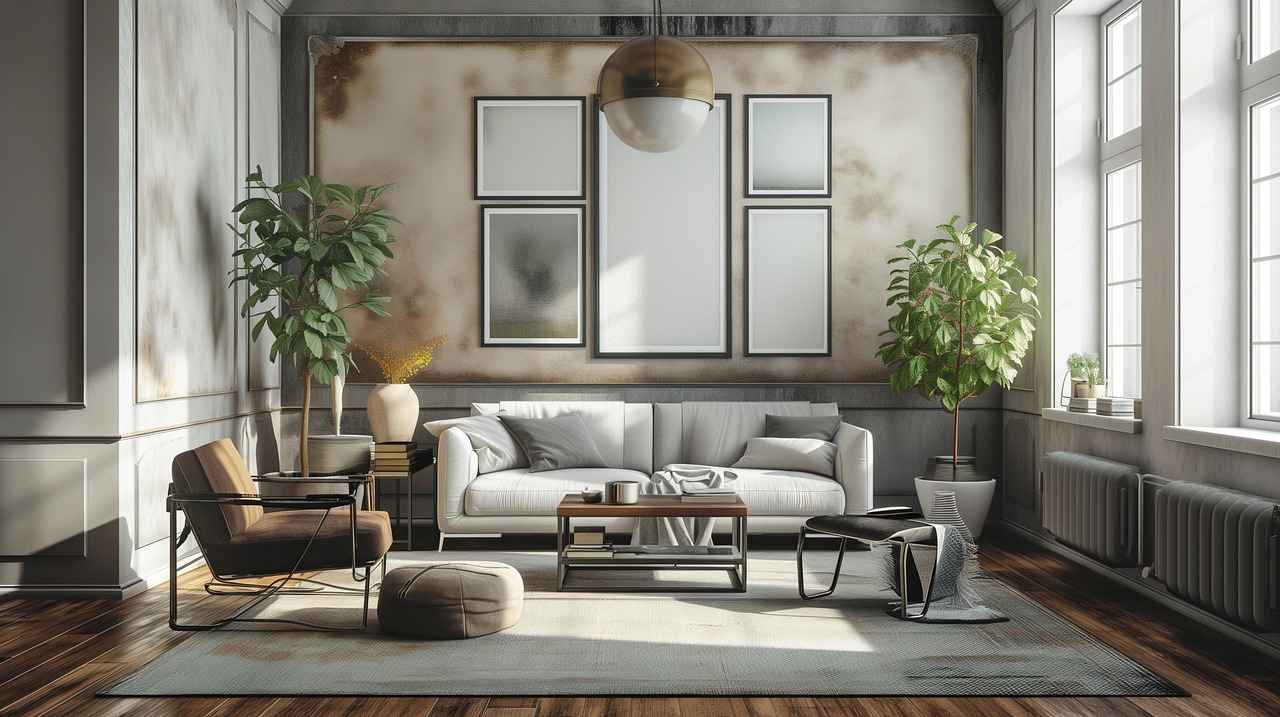
What Are Sliding Room Dividers?
Sliding room dividers are innovative and versatile partitions that redefine how we utilize space within our homes and offices. These dividers allow for the creation of separate areas in a room, offering both privacy and flexibility in interior design. They come in a wide array of materials and styles, catering to various aesthetic preferences and functional needs.
Sliding room dividers are movable partitions that can be easily opened or closed, transforming a large space into smaller, more manageable areas. They are particularly beneficial in open-concept layouts where the need for flexibility is paramount. These dividers can be made from materials such as wood, glass, or fabric, allowing for a personalized touch that fits any decor style.
- Space Optimization: Sliding room dividers maximize the utility of your space, especially in small apartments or multifunctional rooms.
- Enhanced Privacy: They provide a sense of separation, making it easier to create private areas for work or relaxation.
- Aesthetic Appeal: Available in various designs, sliding dividers can enhance the visual interest of your interior.
There are several types of sliding room dividers, each offering unique features:
- Wooden Sliding Dividers: These provide a warm and classic look, ideal for traditional or rustic interiors.
- Glass Sliding Dividers: Offering a modern aesthetic, glass dividers allow natural light to flow through, making spaces feel larger.
- Fabric Sliding Dividers: These are lightweight and can be easily moved, making them perfect for temporary setups.
When selecting a sliding room divider, consider the following:
- Measuring Your Space: Accurate measurements ensure a perfect fit, enhancing functionality.
- Style and Design Considerations: Choose colors and patterns that complement your existing decor to maintain a cohesive look.
- Functionality: Think about how you intend to use the divider—will it be a permanent fixture or a temporary solution?
Proper installation is crucial for the longevity and functionality of your sliding room divider. Here are some tips:
- DIY Installation vs. Professional Help: Assess your skills and the complexity of the installation to decide the best route.
- Essential Tools for Installation: Ensure you have all necessary tools, such as a level, drill, and measuring tape, to facilitate a smooth installation process.
In conclusion, sliding room dividers are a practical solution for enhancing the functionality and aesthetics of your living space. By understanding the various types available and considering your specific needs, you can select the perfect divider that not only meets your requirements but also elevates your interior design.
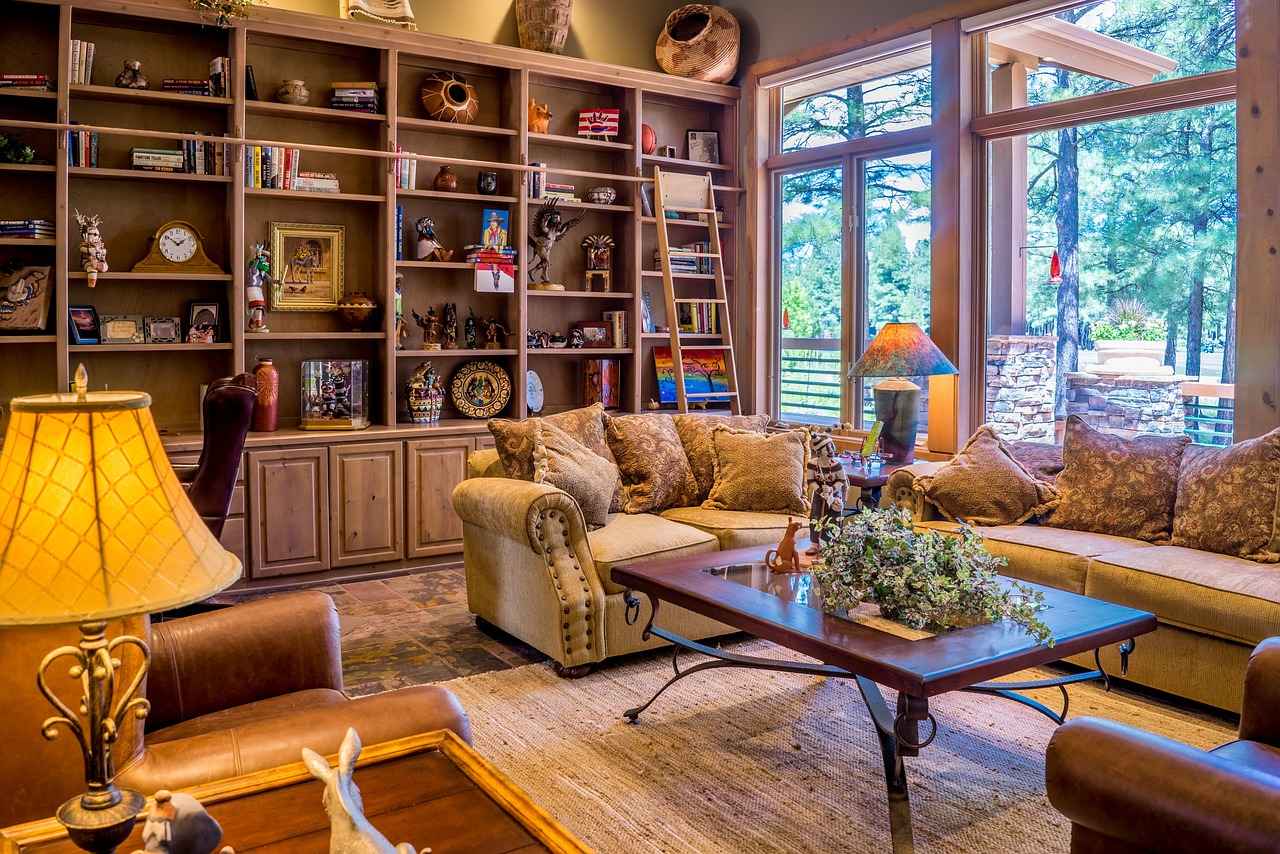
Benefits of Using Sliding Room Dividers
Sliding room dividers have become increasingly popular in modern interior design, offering a multitude of benefits that cater to both functionality and aesthetics. In this article, we will delve into the advantages of using sliding room dividers, exploring how they can transform your living space while providing practical solutions.
Sliding room dividers are innovative solutions that allow you to redefine your space. They are not just about creating boundaries; they are about enhancing the versatility of your home. Here are some compelling reasons to consider incorporating them into your interior design:
One of the most significant advantages of sliding room dividers is their ability to optimize space. In smaller homes or apartments, every square foot counts. By using sliding dividers, you can:
- Create Separate Areas: Designate spaces for different activities, such as a home office, guest area, or play zone for children.
- Maximize Functionality: Easily adapt your living space to suit your needs without the need for permanent walls.
Another key benefit is the privacy they afford. Whether you need a quiet place to work or a cozy nook to relax, sliding room dividers provide a sense of separation while maintaining an open feel. This is particularly useful in shared living situations where privacy is paramount.
Sliding room dividers come in a variety of styles and materials, allowing you to enhance the visual appeal of your home. From sleek glass designs that promote light flow to rustic wooden options that add warmth, the choices are endless. You can:
- Match Your Decor: Select dividers that complement your existing interior design, enhancing the overall look of your space.
- Incorporate Art: Use decorative sliding panels as a canvas for artistic expression, turning functional dividers into stunning focal points.
Unlike traditional walls, sliding room dividers allow for the dynamic transformation of spaces without the need for extensive renovations. You can easily open up or close off areas depending on your needs, making them ideal for:
- Social Gatherings: Create an open layout for entertaining guests, then close off areas for more intimate gatherings.
- Daily Activities: Adjust your space for different daily routines, such as transitioning from a workspace to a relaxation area.
Sliding room dividers are generally easier to install compared to traditional walls. They often come with simple installation kits and can be mounted on tracks, making them a convenient choice for renters and homeowners alike. This flexibility means you can:
- Customize Your Layout: Easily alter your space layout to suit changing needs without the hassle of construction.
- Move or Remove: If you decide to change your space again, sliding dividers can be relocated or removed without damage to your walls.
In summary, sliding room dividers offer a range of benefits that enhance the functionality, privacy, and aesthetic appeal of your living space. Their ability to optimize space while allowing for easy transformation makes them an excellent choice for modern interiors. Whether you are looking to create a more versatile home or simply want to enhance the beauty of your environment, sliding room dividers are a practical and stylish solution.
Space Optimization
is a critical consideration in modern living, particularly in urban environments where square footage is often limited. Utilizing sliding room dividers can significantly enhance the functionality of small spaces by creating designated areas for different activities. This makes them ideal for apartments or multifunctional rooms where every square inch counts.
Sliding room dividers serve as flexible partitions that can transform an open area into multiple functional zones. For instance, a single room can be divided into a cozy living area, a dedicated workspace, or even a guest sleeping area, all without the need for permanent walls. This adaptability is particularly beneficial in small apartments where space is at a premium.
With sliding room dividers, you can easily convert a living area into a home office or a guest room, maximizing the utility of your space without extensive renovations. This is especially useful for those who work from home or entertain guests frequently. For example, when the divider is closed, the area can be used for work or relaxation. When opened, it can accommodate guests, making your home more versatile.
Many sliding dividers are designed to allow natural light to flow through while still providing separation. This feature contributes to a brighter and more inviting atmosphere in your home. Unlike traditional walls that can make a space feel closed off, sliding dividers maintain an open feel while offering privacy, thus enhancing the overall ambiance of your living space.
- Panel Dividers: These are solid panels that slide along a track, offering complete separation between spaces.
- Glass Dividers: These dividers allow light to pass through, creating an illusion of a larger space while providing visual separation.
- Fabric Dividers: Lightweight and versatile, fabric dividers can be easily moved or adjusted, making them perfect for temporary setups.
In addition to space optimization, sliding room dividers offer numerous advantages:
- Enhanced Privacy: They allow for the creation of private areas within shared spaces.
- Easy Installation: Many sliding dividers can be installed without professional help, making them accessible for DIY enthusiasts.
- Aesthetic Appeal: Available in various materials and designs, they can complement your home’s decor.
Proper installation is key to ensuring the functionality and longevity of sliding room dividers. Here are some practical tips:
- Measure Your Space: Accurate measurements are crucial for a perfect fit.
- Choose the Right Material: Consider your decor and how much light you want to filter through.
- DIY vs. Professional Help: Assess your skills and the complexity of the installation before deciding.
In summary, sliding room dividers are an excellent solution for optimizing space in small living areas. By creating distinct zones, enhancing natural light, and offering aesthetic appeal, they transform how we utilize our environments. Whether you choose panel, glass, or fabric dividers, these versatile partitions can significantly enhance your home’s functionality and style.
Creating Multi-Functional Spaces
In today’s fast-paced world, maximizing the utility of our living spaces has become essential. One of the most effective ways to achieve this is through sliding room dividers. These innovative solutions allow homeowners to create multi-functional spaces that cater to various needs without the hassle of extensive renovations.
Sliding room dividers are partitions that can be easily moved to create separate areas within a larger room. They come in a variety of styles and materials, including wood, glass, and fabric, allowing you to customize your space according to your aesthetic preferences and functional requirements.
Using sliding room dividers can transform a single living area into a home office, guest room, or even a play area for children. This transformation is not only practical but also adds a level of sophistication to your home. Here are some specific benefits:
- Flexibility: Easily adjust the layout of your space as needed.
- Cost-Effective: Avoid costly renovations while still achieving a new look.
- Privacy: Create private areas for work or relaxation.
- Style: Enhance the overall aesthetic of your home with stylish designs.
To maximize the benefits of sliding room dividers, consider the following tips:
Before choosing a sliding room divider, assess your space and determine how you want to use it. For instance, if you need a home office, consider a divider that offers both visual separation and sound insulation.
Different materials serve different purposes. Wooden dividers offer warmth and durability, while glass dividers allow light to flow through, making spaces feel larger. Fabric options can provide a softer look and add texture to your décor.
When positioning your sliding room divider, think about how you want to flow between spaces. Ensure that the divider does not obstruct movement or natural light, which can make a space feel cramped.
Proper installation is crucial for functionality. Depending on your skill level, you may choose to install the divider yourself or hire a professional. Regular maintenance, such as cleaning the tracks and ensuring smooth operation, will keep your divider looking and functioning well.
Here are some popular configurations that showcase the versatility of sliding room dividers:
- Living Room to Home Office: Use a sliding divider to create a quiet workspace that can be closed off during work hours and opened up when entertaining guests.
- Guest Room: A divider can transform a den or office into a cozy guest room, providing privacy for visitors.
- Play Area: Create a safe play zone for children that can be easily separated from adult spaces during gatherings.
In conclusion, sliding room dividers are an excellent solution for creating multi-functional spaces in your home. They offer flexibility, aesthetic appeal, and practicality, allowing you to adapt your living environment to suit your lifestyle. By carefully selecting the right type and style of divider, you can enhance both the functionality and beauty of your home.
Enhancing Natural Light
When it comes to designing your living space, natural light plays a crucial role in enhancing the overall ambiance. One of the most effective ways to achieve this is by incorporating sliding room dividers that are specifically designed to allow light to flow freely while still providing necessary separation between areas. This unique feature not only contributes to a brighter environment but also creates a more inviting atmosphere in your home.
Many homeowners are now recognizing the benefits of using sliding dividers that utilize materials such as glass or translucent fabrics. These materials can significantly enhance the brightness of a room without sacrificing privacy. By allowing light to filter through, these dividers help maintain an open feel, making spaces appear larger and more connected.
Glass sliding dividers are a popular choice for modern interiors. They provide a sleek, contemporary look while maximizing light transmission. Here are some key benefits:
- Illumination: Glass dividers naturally brighten spaces, reducing the need for artificial lighting during the day.
- Visual Continuity: They create a seamless transition between rooms, allowing for an uninterrupted flow of light.
- Design Versatility: Available in various styles, from frosted to clear, they can complement any decor.
In addition to enhancing natural light, sliding room dividers are excellent for optimizing space. Here’s how:
- Flexible Layouts: Easily reconfigure your space to suit different needs, whether it’s for entertaining guests or creating a cozy reading nook.
- Defined Areas: Create distinct zones for work, relaxation, or play without the permanence of walls.
- Airflow Maintenance: Unlike solid walls, sliding dividers allow for better air circulation, contributing to a more comfortable environment.
When selecting a sliding divider, consider the material’s ability to enhance light. Here are some options:
- Wood: While wooden dividers offer warmth and charm, they may limit light flow unless designed with slats.
- Fabric: Translucent fabrics can soften light while providing some degree of privacy.
- Metal: Often used in industrial designs, metal dividers can incorporate glass elements to allow light through.
To fully enjoy the benefits of natural light with your sliding dividers, proper installation is key. Here are some tips:
- Positioning: Install dividers in areas where they can best capture light, such as near windows or open spaces.
- Track Systems: Ensure that the track system is installed correctly to allow smooth operation, preventing any obstructions that could block light.
- Height and Width: Consider the height and width of the divider to maximize light entry without compromising privacy.
In conclusion, incorporating sliding room dividers that enhance natural light can transform your home into a brighter, more inviting space. By choosing the right materials and ensuring proper installation, you can enjoy the perfect balance of style, functionality, and illumination.
Types of Sliding Room Dividers
play a crucial role in modern interior design, allowing homeowners to create dynamic living spaces that cater to various needs. With a multitude of options available, it’s essential to understand the distinct features and styles of each type to make an informed decision.
Wooden sliding dividers are a classic choice that adds warmth and character to any room. They come in various finishes, allowing for customization to match your existing decor. Benefits include:
- Durability: Wooden dividers are sturdy and can withstand wear over time.
- Insulation: They offer good sound insulation, making them ideal for creating private spaces.
- Aesthetic Appeal: Available in various styles, they can complement both traditional and modern interiors.
For a more modern aesthetic, glass sliding dividers are an excellent option. They allow natural light to flow through while still providing a visual separation between spaces. Key advantages include:
- Light Transmission: Glass dividers help maintain an open feel in smaller rooms.
- Visual Appeal: They add a sleek, contemporary look to your home.
- Easy Maintenance: Glass surfaces are typically easy to clean and maintain.
Fabric sliding dividers offer a soft, flexible option that can add texture and color to your space. They are often used in more casual settings and have unique features such as:
- Variety of Patterns: Available in numerous designs, colors, and textures to suit any decor.
- Lightweight: Easier to install and move compared to wooden or glass options.
- Sound Absorption: Fabric can help dampen noise, making them suitable for shared spaces.
Bi-fold sliding dividers are an innovative solution that folds back to open up a space completely. They are especially useful for larger areas and provide:
- Space Efficiency: When opened, they take up minimal space, allowing for full access.
- Versatility: Suitable for both residential and commercial spaces.
- Customizability: Can be made from various materials, including wood and glass.
Pocket sliding dividers slide into a wall cavity, creating a seamless look when not in use. This type is ideal for maximizing space and offers:
- Concealed Storage: The dividers can be hidden away, maintaining a clean aesthetic.
- Space-Saving: Perfect for smaller rooms where traditional doors may be impractical.
- Modern Functionality: Adds a contemporary touch to your home while enhancing flexibility.
In summary, understanding the different can significantly enhance your living space. Each option provides unique benefits that cater to various design preferences and functional requirements. Whether you prefer the warmth of wood, the sleekness of glass, or the flexibility of fabric, there is a sliding room divider to suit your needs.
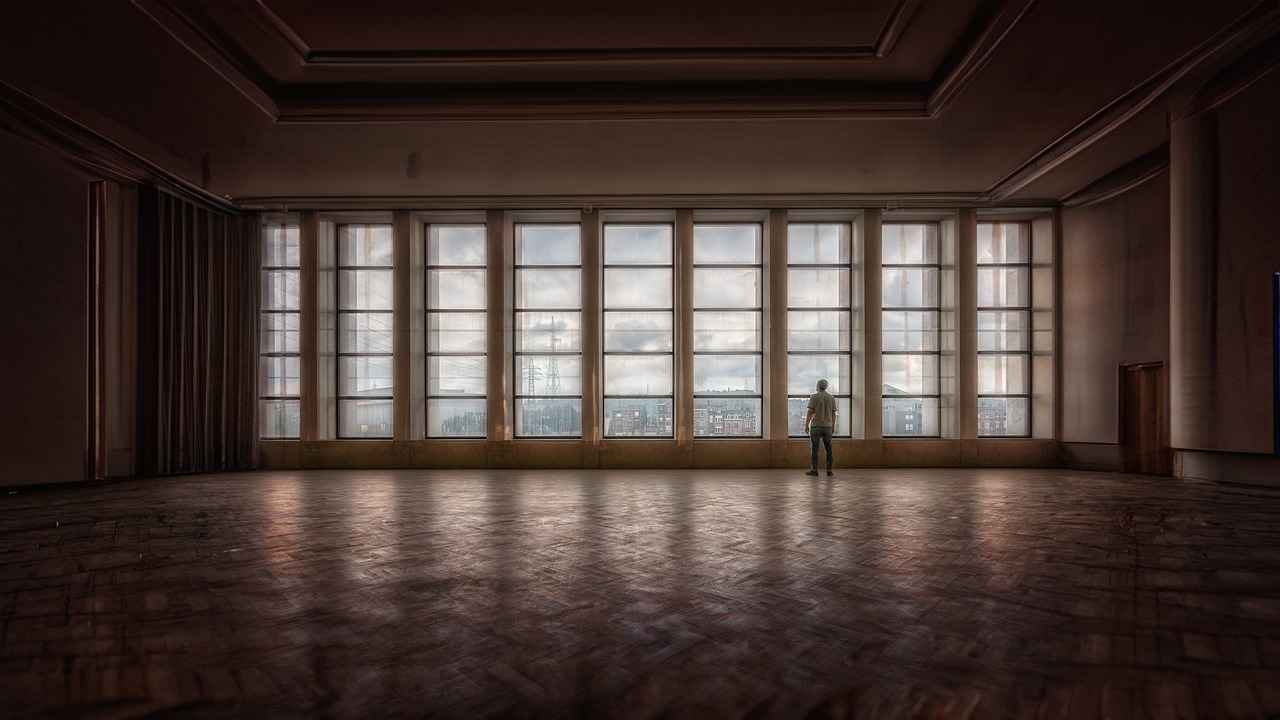
Material Options for Sliding Room Dividers
When it comes to enhancing your living space, play a crucial role. These dividers not only serve a functional purpose but also contribute to the overall aesthetic of your home. Let’s explore the various materials available and their unique benefits.
Selecting the appropriate material for your sliding room divider is essential for achieving the desired look and functionality. Different materials can influence the ambiance of a room, the amount of natural light that flows through, and the level of privacy provided.
Wooden dividers are a popular choice for many homeowners due to their classic and warm appearance. Here are some key benefits:
- Durability: Wooden dividers are typically sturdy and can withstand daily use.
- Customization: They can be easily painted or stained to match your existing decor.
- Variety: Available in various types like oak, pine, and maple, offering different textures and colors.
If you are looking for a more contemporary feel, glass sliding dividers might be the perfect fit. Here’s why:
- Light Transmission: Glass allows natural light to flow between spaces, creating an open and airy feel.
- Visual Separation: Provides a clear demarcation of space while maintaining visibility.
- Modern Aesthetics: Glass dividers can enhance the overall elegance of your home.
For those seeking a softer look, fabric sliding dividers offer a unique solution. Consider the following:
- Softness: Fabric adds warmth and texture to a room.
- Variety of Patterns: Available in numerous designs, colors, and textures to suit any decor.
- Easy Maintenance: Many fabric dividers can be machine washed or spot cleaned.
Metal dividers are gaining popularity for their industrial appeal. Here are some advantages:
- Strength: Metal is incredibly durable and can withstand wear and tear.
- Modern Look: Offers a sleek, contemporary design that can be a statement piece in your home.
- Low Maintenance: Requires minimal upkeep compared to other materials.
Composite materials combine the benefits of different elements, making them a versatile choice. Benefits include:
- Cost-Effective: Typically more affordable than solid wood or glass.
- Durability: Designed to resist warping and damage, ensuring longevity.
- Design Flexibility: Can mimic the appearance of wood or other materials while providing enhanced functionality.
When selecting a sliding room divider, consider the specific needs of your space. Ask yourself:
- What level of privacy do I require?
- How much natural light do I want to maintain?
- What style aligns with my existing decor?
By answering these questions, you can narrow down your options and choose the perfect material that not only meets your functional requirements but also complements your home’s aesthetic.
Wooden Sliding Dividers
When it comes to interior design, stand out as a timeless choice. These dividers not only add a touch of elegance to any space but also serve practical purposes that enhance the functionality of your home. In this section, we will explore the unique features, benefits, and customization options available with wooden sliding dividers.
Wooden dividers provide a classic, warm look that can complement various design styles. Their natural grain and texture bring a sense of comfort and coziness to any room. Here are some compelling reasons to consider wooden sliding dividers:
- Durability: Made from high-quality wood, these dividers are built to last, ensuring that your investment pays off over time.
- Sturdiness: Wooden dividers are typically more robust than their counterparts made from lighter materials, providing a reliable barrier between spaces.
- Customization: One of the key advantages of wooden dividers is their ability to be customized. You can choose from various finishes, colors, and designs to fit your specific aesthetic.
Integrating wooden sliding dividers into your home can significantly improve the layout and functionality of your space. Here are some of the ways they can transform your environment:
- Creating Separate Zones: Wooden dividers allow you to effortlessly create distinct areas within an open floor plan. This is particularly beneficial in multifunctional spaces, such as combining a living room and home office.
- Sound Insulation: The density of wood helps reduce noise levels, making it easier to maintain privacy and tranquility in your home.
- Aesthetic Appeal: The natural beauty of wood adds warmth and character, enhancing the overall aesthetic of your interior design.
When it comes to customization, wooden sliding dividers offer a myriad of options:
- Finish: Choose from stained, painted, or natural finishes to match your decor.
- Design: Select from various styles, including traditional, modern, or rustic designs, to suit your taste.
- Size: Custom sizing ensures a perfect fit for your space, whether you need a tall divider for added privacy or a shorter one to maintain an open feel.
Installing wooden sliding dividers can be a straightforward process, but there are a few key considerations:
- Measure Accurately: Ensure you take precise measurements of your space to avoid any fitting issues.
- Choose the Right Hardware: The type of sliding mechanism you select can affect the functionality and look of your divider.
- DIY vs. Professional Installation: Depending on your skill level, you may choose to install the divider yourself or hire a professional for a more polished finish.
In conclusion, wooden sliding dividers offer a perfect blend of style and functionality. Their durability, customization options, and aesthetic appeal make them an excellent choice for anyone looking to enhance their living space. Whether you prefer a rustic charm or a modern look, wooden dividers can be tailored to suit your unique design preferences.
Glass Sliding Dividers
When it comes to modern interior design, have emerged as a popular choice for homeowners and designers alike. These dividers not only provide a contemporary look but also serve practical purposes in enhancing the functionality of living spaces. In this section, we will explore the numerous benefits of glass sliding dividers and how they can transform your home.
Glass sliding dividers offer a unique blend of style and practicality. One of their most significant advantages is their ability to allow natural light to flow through while still providing a visual separation between different areas. This characteristic makes spaces feel larger and more open, which is especially beneficial in smaller homes or apartments.
With their sleek and modern appearance, glass dividers can enhance the overall aesthetic of any room. They come in various designs, from clear to frosted glass, allowing homeowners to choose a look that complements their existing decor. The transparency of glass creates a sense of openness, making it an ideal choice for contemporary interiors.
One of the most compelling reasons to opt for glass sliding dividers is their ability to maximize natural light. Unlike traditional solid dividers, glass allows sunlight to penetrate deeper into the room, creating a brighter and more inviting atmosphere. This can significantly improve the mood and ambiance of your living space.
While glass dividers allow for light transmission, they still provide a level of privacy. Frosted or textured glass options can obscure visibility while maintaining the benefits of light flow. This makes them perfect for spaces where you want to create a sense of separation without completely blocking light, such as in home offices or bedrooms.
Glass sliding dividers are not only aesthetically pleasing but also durable. Modern glass technology ensures that these dividers are resistant to scratches and impacts, making them a long-lasting addition to your home. Maintenance is also minimal; a simple wipe with glass cleaner is often all that is needed to keep them looking pristine.
When considering glass sliding dividers, it’s essential to think about the installation process. While some homeowners may choose to tackle this as a DIY project, hiring a professional can ensure that the dividers are installed correctly and securely. Proper installation is crucial for both functionality and safety.
Glass sliding dividers are versatile and can be customized to fit various design styles. Whether you prefer a minimalist look or something more ornate, glass dividers can be tailored to match your vision. They can also be combined with other materials, such as wood or metal, to create a unique focal point in your home.
While glass sliding dividers can be an investment, their benefits often outweigh the costs. Prices can vary based on size, design, and installation requirements. It’s advisable to shop around and compare options to find the best fit for your budget and needs.
In conclusion, glass sliding dividers are an excellent choice for those looking to enhance their living spaces while maintaining functionality and style. With their ability to allow natural light, provide visual separation, and adapt to various design aesthetics, they are a worthy addition to any home.
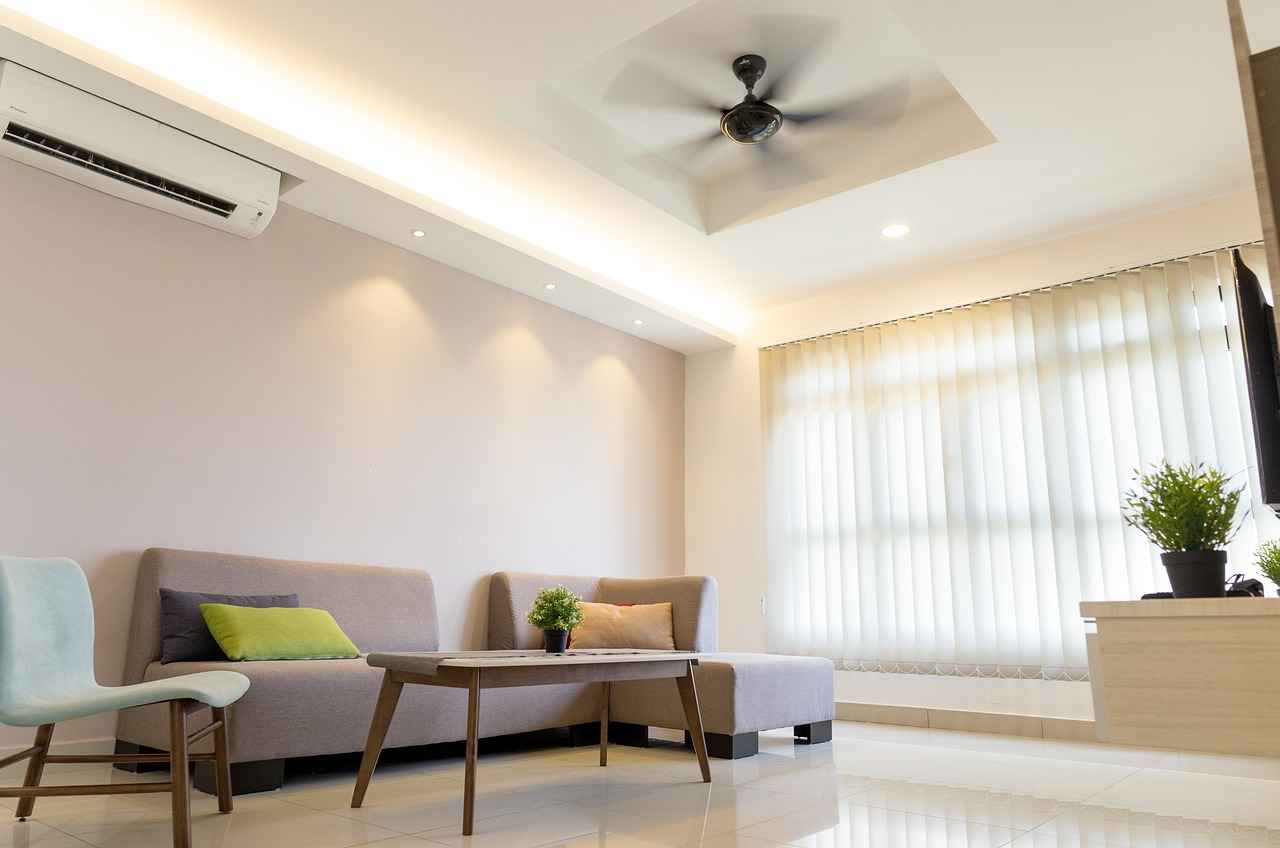
How to Choose the Right Sliding Room Divider
Choosing the right sliding room divider can significantly enhance your living space, providing both functionality and aesthetic appeal. With a variety of options available, it’s essential to consider several factors that will ensure your selection perfectly complements your home. Here’s a comprehensive guide on how to make an informed decision when selecting a sliding room divider.
- Size: Measure your space accurately. The divider should fit seamlessly within your room without overwhelming it. Consider the height and width that will best suit your needs.
- Style: Choose a style that aligns with your existing decor. Whether you prefer modern, rustic, or traditional designs, there’s a sliding divider that can enhance your interior.
- Functionality: Think about how you intend to use the divider. Will it be used primarily for privacy, or do you want it to serve as a decorative element as well?
Size plays a crucial role in the effectiveness of your sliding room divider. A divider that is too large can make a space feel cramped, while one that is too small may not provide the desired separation. To ensure a perfect fit, take precise measurements of the area where the divider will be installed. Consider the height of your ceilings and the width of the wall to determine the best dimensions for your divider.
The style of the sliding room divider should complement the overall aesthetic of your home. For example, if your decor leans towards minimalism, a sleek glass or acrylic divider may be ideal, allowing light to flow while maintaining a modern look. Conversely, if you prefer a cozier ambiance, wooden dividers with warm finishes can add character and warmth to your space. Consider the color palette of your room as well; a cohesive look will tie the space together beautifully.
Functionality is key when selecting a sliding room divider. Determine whether your primary need is for privacy, separation, or decoration. For instance, if you are looking to create a home office within a living area, opt for a divider that offers sufficient sound insulation and visual separation. Additionally, consider how often you will need to open and close the divider; some mechanisms are easier to operate than others.
The material of your sliding room divider can greatly affect its appearance and functionality. Here are some popular options:
- Wood: Offers a classic and warm aesthetic, perfect for traditional or rustic interiors.
- Glass: Provides a modern touch and allows natural light to filter through, making spaces feel larger.
- Fabric: Ideal for creating a softer look, fabric dividers can also be used for sound absorption.
Proper installation is essential for the longevity and functionality of your sliding room divider. Here are some tips:
- DIY vs. Professional Installation: Assess your skills and the complexity of the installation. If you’re unsure, hiring a professional can save time and ensure a quality finish.
- Essential Tools: Gather the necessary tools before starting the installation. This may include a level, drill, and measuring tape to ensure accuracy.
By considering these factors—size, style, functionality, and material—you can confidently choose a sliding room divider that not only meets your practical needs but also enhances the beauty of your living space.
Measuring Your Space
When it comes to selecting the perfect sliding room divider, accurate measurements are essential. This step is crucial to ensure a perfect fit and optimal functionality within your designated area. Without precise measurements, you may encounter issues such as gaps, misalignment, or a divider that simply does not fit the intended space.
Taking the time to measure your space accurately can save you from the hassle of returns and replacements. A well-fitted sliding room divider not only enhances the aesthetics of your home but also contributes to its functionality. Here are some key reasons why measurements matter:
- Prevents Gaps: Inaccurate measurements can lead to gaps that compromise privacy and aesthetics.
- Ensures Smooth Operation: A properly sized divider will slide effortlessly, providing ease of use.
- Maximizes Space: Accurate measurements allow you to make the most of your available area, ensuring that the divider serves its purpose effectively.
To achieve the best results, follow these steps for measuring your space:
- Determine the Area: Identify the specific area where the divider will be installed. This could include measuring the width of the wall or opening where the divider will slide.
- Measure Height: Measure from the floor to the ceiling to ensure that the divider will fit without any obstructions.
- Consider Floor Space: Make sure to account for any floor coverings, such as rugs or carpet, which may affect the height and sliding mechanism.
- Check for Obstacles: Look for any light switches, outlets, or furniture that might interfere with the divider’s operation.
Even the most meticulous individuals can make mistakes. Here are some common pitfalls to avoid:
- Rounding Measurements: Always use precise measurements, as rounding can lead to significant errors.
- Neglecting to Account for Hardware: Ensure you include the space required for the sliding mechanism and any mounting hardware.
- Not Double-Checking: Always recheck your measurements to confirm accuracy before making a purchase.
To ensure the highest accuracy, consider using the following tools:
- Tape Measure: A reliable tape measure is essential for taking precise measurements.
- Level: Use a level to ensure your measurements are straight and even.
- Notepad: Keep a notepad handy to jot down measurements as you go.
In conclusion, taking the time to measure your space accurately will help you select the right sliding room divider that fits perfectly and functions optimally. Remember, a well-measured divider not only enhances the aesthetics of your home but also contributes to its overall functionality. By following these guidelines, you can ensure a successful installation and enjoy the benefits of your new sliding room divider for years to come.
Style and Design Considerations
When it comes to interior design, play a pivotal role in creating a harmonious living space. Choosing a design that aligns with your existing decor can significantly enhance the overall aesthetic of your home. By thoughtfully selecting colors, patterns, and materials that blend well with your interior, you can create a cohesive look that reflects your personal style.
The right style can transform a simple room divider into a stunning focal point. It is essential to ensure that the divider complements your existing decor rather than clashes with it. Consider the following aspects:
- Color Scheme: Choose colors that either match or complement your current palette. For instance, if your room features warm tones, opt for dividers in similar hues or those that provide a subtle contrast.
- Patterns: If your decor includes bold patterns, consider a more subdued design for your divider to avoid overwhelming the space. Conversely, a patterned divider can add interest in a room with minimalistic decor.
- Material Choices: The material of your sliding room divider can also influence the overall aesthetic. Wooden dividers may evoke a rustic charm, while glass options can create a sleek, modern feel.
Choosing the right style for your sliding room divider involves evaluating several factors:
- Existing Decor: Take a close look at your current furniture and decor elements. Are they contemporary, traditional, or eclectic? Your room divider should harmonize with these elements.
- Functionality: Consider how you intend to use the space. If you need a divider that offers privacy, a solid or textured option may be more suitable. For a more open feel, opt for transparent or semi-transparent materials.
- Space Size: In smaller rooms, lighter colors and materials can create an illusion of more space, while darker options may suit larger areas.
There are several popular styles of sliding room dividers that can enhance your living space:
- Modern Minimalist: Clean lines and simple designs characterize this style, often using materials like glass or metal.
- Rustic Charm: Wooden dividers with natural finishes bring warmth and a cozy feel to your home.
- Industrial Edge: Metal frames with sliding barn doors can add a trendy industrial touch to your space.
- Fabric Panels: Soft fabric dividers can introduce texture and warmth, making them perfect for more casual settings.
Incorporating a sliding room divider into your design is all about balance and flow. Here are some tips:
- Placement: Position the divider in a way that enhances the flow of the room. Avoid obstructing natural pathways or light sources.
- Accessorizing: Use decor elements like plants, artwork, or lighting to complement the divider and tie the room together.
- Layering Textures: Combine different materials and textures in your decor to create depth and interest around the divider.
In conclusion, selecting a sliding room divider that aligns with your existing decor is crucial for achieving a cohesive look in your space. By considering color, pattern, and material, you can enhance your home’s aesthetics while ensuring functionality. Take the time to evaluate your options and choose a design that resonates with your personal style, ultimately transforming your living space into a beautifully curated environment.
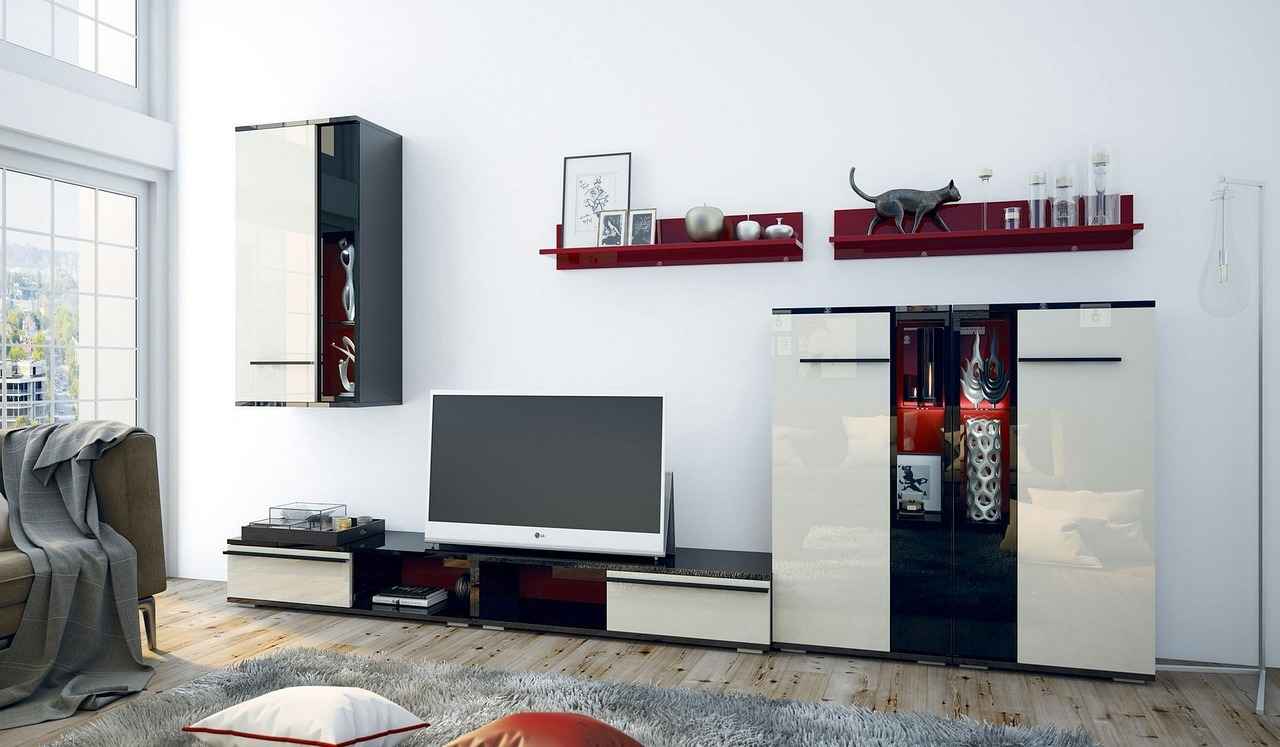
Installation Tips for Sliding Room Dividers
When considering the addition of sliding room dividers to your space, proper installation is crucial for ensuring their functionality and longevity. This section provides practical tips for a successful setup, whether you’re a DIY enthusiast or planning to hire a professional.
Proper installation of sliding room dividers not only enhances their aesthetic appeal but also ensures they operate smoothly over time. A well-installed divider minimizes the risk of damage and maximizes the divider’s lifespan. Additionally, it contributes to the overall functionality of the space, allowing for easy transitions between areas.
Before starting your installation, gather the following essential tools:
- Measuring Tape: Accurate measurements are vital for a perfect fit.
- Level: Ensures the divider is installed straight, preventing future alignment issues.
- Drill: Necessary for securing the mounting hardware.
- Screwdriver: For tightening screws and securing components.
- Stud Finder: Helps locate wall studs for secure mounting.
Follow these step-by-step instructions to install your sliding room divider effectively:
- Measure Your Space: Begin by measuring the area where the divider will be installed. Consider the height and width to ensure a perfect fit.
- Select the Mounting Location: Decide whether to mount the divider on the ceiling or wall. Use a stud finder to locate studs for secure installation.
- Mark the Installation Points: Use a pencil to mark where the tracks will be installed, ensuring they are level.
- Install the Tracks: Using your drill, attach the tracks securely to the marked points. Ensure they are straight and level to avoid operational issues.
- Hang the Dividers: Once the tracks are in place, carefully hang the sliding panels according to the manufacturer’s instructions.
- Test the Operation: Slide the dividers back and forth to ensure smooth operation. Make any necessary adjustments.
Deciding whether to tackle the installation yourself or hire a professional can depend on your skill level and the complexity of the project. If you are comfortable with tools and have some experience, a DIY approach can save money and be rewarding. However, if you are unsure or the installation involves complex measurements and adjustments, it may be wise to consult a professional.
To ensure a successful installation, be aware of these common mistakes:
- Neglecting Measurements: Failing to measure accurately can lead to ill-fitting dividers.
- Skipping the Level Check: Not using a level can result in uneven installation.
- Improper Mounting: Ensure tracks are securely mounted to avoid accidents or damage.
By following these guidelines and taking the time to install your sliding room dividers correctly, you can create a functional and aesthetically pleasing space that meets your needs. Whether you choose to do it yourself or hire a professional, the result will be a beautifully transformed area that enhances your home.
DIY Installation vs. Professional Help
When considering the installation of sliding room dividers, one of the most critical decisions is whether to undertake the project as a DIY task or to enlist the services of a professional. This choice can significantly impact the overall outcome, both in terms of aesthetics and functionality. Below, we explore the factors that should influence your decision-making process.
Before making a decision, it’s essential to evaluate your own skills and experience with home improvement projects. If you have a background in DIY tasks, installing a sliding room divider may be within your capabilities. However, if you are unfamiliar with tools or installation techniques, seeking professional help might be the better option.
The complexity of the installation process is another key factor to consider. Some sliding dividers require intricate mounting systems or specialized tools, which can be daunting for a novice. If the installation involves electrical components or structural changes, hiring a professional is advisable to ensure safety and compliance with building codes.
Cost is often a significant factor in the decision-making process. DIY installations can save money on labor costs, but it’s crucial to factor in the potential costs of mistakes. If you mismeasure or improperly install the divider, you may end up spending more to fix the issues than you would have on professional installation. Conversely, while hiring a professional may seem more expensive upfront, it can result in a higher quality finish and peace of mind.
Consider the time commitment involved in a DIY project versus hiring a professional. Installing a sliding room divider can take several hours or even days, particularly if you encounter unexpected challenges. If you have a busy schedule or prefer to avoid the hassle, hiring a professional can expedite the process.
One of the most significant advantages of hiring a professional is the quality of work you can expect. Professionals have the experience and expertise to ensure that the divider is installed correctly and functions smoothly. They can also provide valuable insights and recommendations based on their knowledge of different materials and styles.
When you hire a professional, you often receive a warranty for their work, which can provide additional security and peace of mind. If issues arise after installation, you can rely on their support to resolve any problems. On the other hand, a DIY installation may not come with any guarantees, leaving you to troubleshoot any issues on your own.
There is a certain satisfaction that comes from completing a project yourself. If you enjoy hands-on work and are eager to learn, a DIY installation can be a rewarding experience. However, if you prefer to focus on other aspects of home improvement or simply want to ensure a flawless finish, hiring a professional may be the better route.
Ultimately, the decision between DIY installation and hiring a professional should be based on a careful assessment of your skills, the complexity of the project, cost considerations, and your personal preferences. By weighing these factors, you can make an informed choice that best suits your needs and enhances your living space.
Essential Tools for Installation
When it comes to installing sliding room dividers, having the right tools is essential for achieving a seamless and efficient setup. Without the proper equipment, you might encounter challenges that could lead to delays or complications during the installation process. By ensuring that you are well-prepared, you can secure your sliding room divider correctly and enjoy the benefits of a beautifully transformed space.
Before you begin the installation, it’s crucial to gather all necessary tools. Here’s a list of essential tools that will help you complete the job efficiently:
- Measuring Tape: Accurate measurements are vital for ensuring that your sliding divider fits perfectly within your designated space.
- Level: A level tool helps to ensure that your divider is installed straight, preventing any slant that could affect functionality.
- Drill: A power drill is necessary for creating holes in the wall or ceiling for mounting brackets, making the installation process quicker.
- Screwdriver: Depending on the type of screws used, a screwdriver will be needed to secure the brackets and tracks in place.
- Stud Finder: This tool helps locate wall studs, ensuring that your divider is mounted securely to support its weight.
- Safety Gear: Always wear safety goggles and gloves to protect yourself during the installation process.
Using the appropriate tools not only streamlines the installation process but also enhances the durability and stability of your sliding room divider. Here are several reasons why having the right tools is crucial:
- Efficiency: The right tools allow you to work faster and more effectively, minimizing the time spent on the installation.
- Accuracy: Tools such as measuring tapes and levels ensure that your divider is installed accurately, reducing the likelihood of errors that could necessitate rework.
- Safety: Using the correct tools reduces the risk of accidents or injuries during installation, ensuring a safer working environment.
In addition to having the right tools, following these tips can further enhance your installation experience:
- Read the Instructions: Always refer to the manufacturer’s instructions for specific guidance on installation.
- Take Your Time: Rushing through the installation can lead to mistakes. Take your time to ensure everything is done correctly.
- Ask for Help: If the divider is large or heavy, consider enlisting a friend to assist you during installation.
Even with the right tools, it’s easy to make mistakes during installation. Here are some common pitfalls to watch out for:
- Skipping Measurements: Failing to measure accurately can result in a poorly fitting divider.
- Ignoring Wall Structure: Not using a stud finder can lead to mounting the divider on weak points of the wall.
- Neglecting Alignment: Not using a level can result in a crooked installation, affecting both appearance and function.
By preparing adequately and utilizing the right tools, you can ensure a smooth installation process for your sliding room divider. This preparation not only enhances the efficiency of the project but also contributes to the overall aesthetics and functionality of your living space.
Frequently Asked Questions
- What are the main benefits of using sliding room dividers?
Sliding room dividers are fantastic for optimizing space, providing privacy, and enhancing the aesthetic appeal of your home. They allow you to create distinct areas without making permanent changes, making them perfect for multifunctional spaces.
- How do I choose the right material for my sliding room divider?
Choosing the right material depends on your style preferences and functional needs. Wooden dividers offer a warm, classic look, while glass dividers provide a modern feel and allow light to flow through. Consider what complements your existing decor and the atmosphere you want to create.
- Can I install a sliding room divider myself?
Yes, many sliding room dividers can be installed as DIY projects, but it’s essential to assess your skill level and the complexity of the installation. If you’re unsure, hiring a professional can ensure a secure and proper fit.
- How do I measure my space for a sliding room divider?
Accurate measurements are crucial! Measure the height and width of the area where you plan to install the divider. This will help you choose a divider that fits perfectly and functions effectively within your space.
- Do sliding room dividers help with sound insulation?
While sliding room dividers primarily serve to create visual separation, certain materials, like thick fabric or solid wood, can provide some level of sound insulation, helping to reduce noise between spaces.
